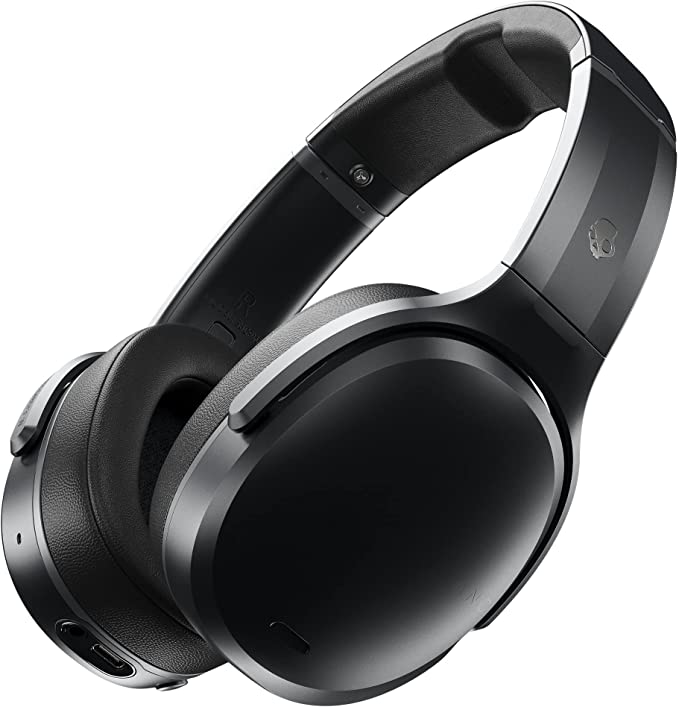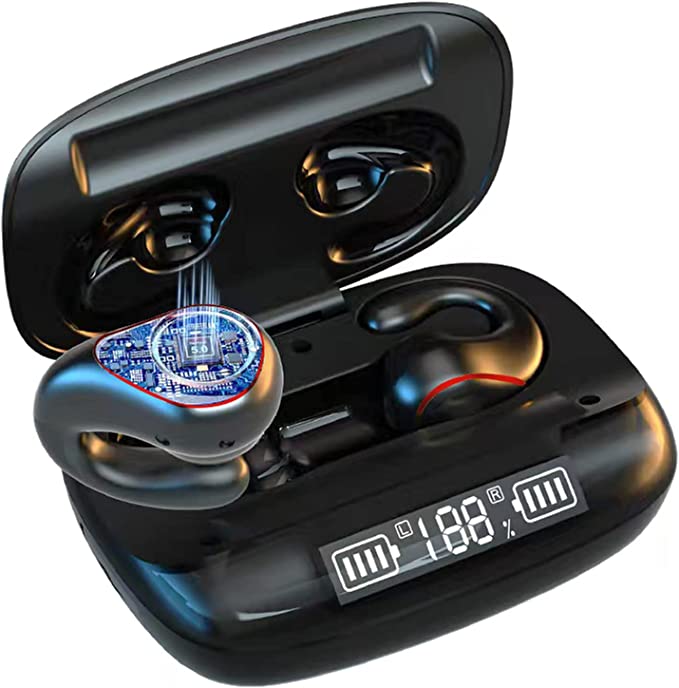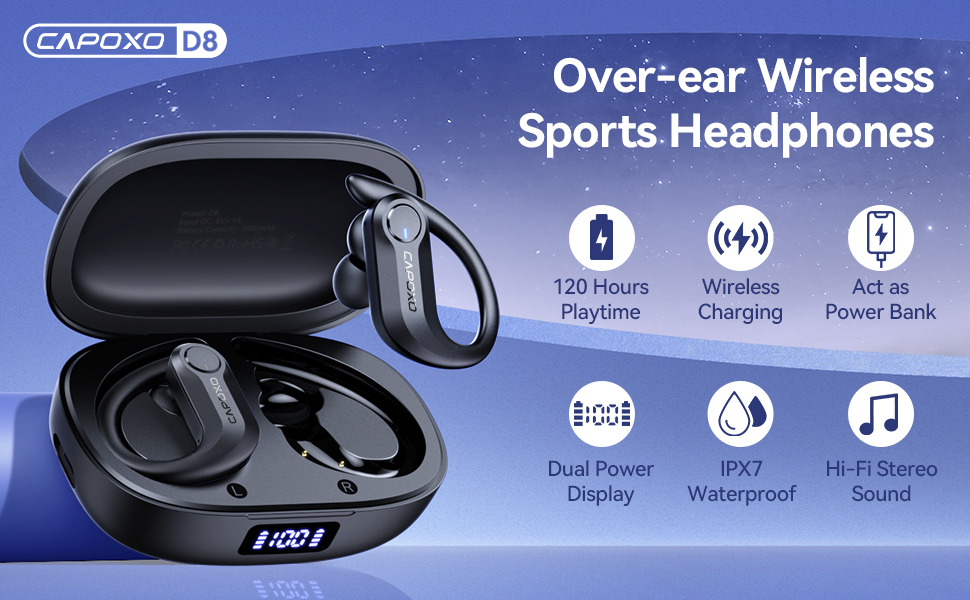The Soul of the Machine: A Coffee Expert's Dialogue with the Philips 4400
Update on June 29, 2025, 3:16 a.m.
The Soul of the Machine: A Coffee Expert’s Dialogue with the Philips 4400
As a barista who spent years with my hands covered in coffee grounds, chasing the elusive “god shot,” I learned that making truly great coffee is a conversation. It’s a dialogue between you and the beans, mediated by pressure and heat. You develop a feel for it—the subtle resistance of the tamper, the scent of the first drops of espresso, the precise hiss of the steam wand. It’s a craft of intuition. So, when a machine like the PHILIPS 4400 Series Fully Automatic Espresso Machine (EP4444/90) lands on a kitchen counter, promising twelve different café-style drinks at the touch of a button, the question that haunts me is: can a machine learn this language? Can it have a feel for coffee?
This isn’t a typical review. Think of it as a seance. I’m here to have a conversation with the engineering ghost in this machine, to understand how it attempts to translate the soulful craft of a barista into silent, repeatable code.

The First Conversation: How a Machine Listens to a Bean
In a café, the first thing a barista does is listen to the beans. Are they fresh? Darkly roasted and oily? A light, dense single-origin? This dictates the grind. The grind is the most fundamental part of the conversation. Get it wrong, and the rest is just hot water and disappointment.
The Philips 4400’s opening statement in this dialogue is its 100% ceramic grinder. The choice of ceramic is the first sign of intelligent life. Unlike steel, ceramic is a poor conductor of heat. Imagine trying to cook a steak on a ceramic plate versus a steel pan; the ceramic stays cool. This is vital because the friction from grinding can generate enough heat to scorch the delicate, volatile oils that give coffee its incredible aroma and flavor. The ceramic burrs grind the beans to one of twelve settings without cooking them, preserving the integrity of their voice.
Now, those 12 settings are your vocabulary. According to the Specialty Coffee Association (SCA), the ideal extraction rate for coffee is between 18-22%. A finer grind (a lower number on the dial) creates more surface area, allowing water to extract flavor more quickly and intensely—perfect for the concentrated shot of an espresso. A coarser grind slows things down, preventing the bitterness that comes from over-extracting a larger drink like an Iced Americano.
Many new owners report their first few cups are watery or weak. This isn’t a flaw; it’s the machine’s initial, clumsy attempt at conversation. The internal system is learning, adapting its dosing and tamping to the specific density and oiliness of your beans. It needs a few cycles to calibrate. My advice? Be patient. Let it make five to eight cups. Think of it as giving your new partner time to learn your coffee order.

The Heart of the Matter: The Precision of the Unseen Hand
Once the coffee is ground, the barista’s unseen hand takes over: a firm, level tamp and perfectly heated water applied at consistent pressure. This is where the magic—or the mess—happens. The Philips 4400 houses this magic in its internal brew group, the mechanical heart of the operation.
The quality of the crema—that reddish-brown, hazelnut-colored foam on top of an espresso—is the visual report card of this process. It tells you if the grind, dose, and pressure were in harmony. And what about the aftermath? The “puck” of used grounds? Some users note that the pucks can be wet or “soggy.” While a rock-hard, dry puck is often seen as the holy grail in manual espresso making, in a super-automatic, a slightly wetter puck isn’t necessarily a sign of failure. It can be a clue that the grind is too coarse for that particular bean, or simply a characteristic of the machine’s lower-pressure tamping, a trade-off for mechanical reliability. It’s a data point, not a verdict.
And here we must have an honest conversation about compromise. As one user aptly noted, this is no “Rocket”—a revered brand of prosumer, semi-automatic machines. It won’t allow you to pre-infuse your coffee or manually profile the pressure curve to extract every last nuance from a rare Geisha bean. The Philips 4400 is engineered not for the absolute peak of artisanal perfection, but for the high plateau of excellence and consistency. It’s a deliberate choice, prioritizing the elimination of human error to deliver a very, very good cup of coffee, every single time. It’s the difference between a Formula 1 car and a high-performance luxury sedan. Both are feats of engineering, but only one is designed to be driven comfortably every day.
The Alchemist’s Touch: Taming the Tempest in a Milk Pitcher
If grinding is a conversation, frothing milk is alchemy. It’s the transformation of a simple liquid into a cloud of impossibly small, stable bubbles—microfoam. For many aspiring home baristas, this is where the dream dies, amidst screeching steam wands and bubbly, lifeless milk.
The LatteGo system is where the ghost in this machine performs its most dazzling trick. It’s an elegant, two-part vessel with no tubes, a design choice that is a quiet revolution for anyone who has ever wrestled with cleaning a traditional milk system. It works by creating a miniature cyclone. Milk is pulled into a chamber and mixed with air at high velocity, generating a vortex that, through pure fluid dynamics, shears the air into microscopic bubbles and enfolds them within the milk protein structure. It’s a controlled tempest in a cup.
The result is a remarkably consistent and fine-textured foam that pours beautifully, even handling the notoriously tricky proteins of plant-based milks like oat or soy with surprising grace. This is one area where the machine doesn’t just mimic the barista; in terms of speed and cleanliness, it arguably surpasses the manual process for everyday use. Making back-to-back cappuccinos for guests, with a simple ten-second rinse of the LatteGo in between, is a seamless joy that a barista with a cluttered steam pitcher can only envy.

The Unspoken Contract: The Art of Living Together
A machine in your kitchen becomes a housemate. You enter into an unspoken contract: it will perform its duties, and in return, it won’t drive you crazy. This is about the subtleties of daily life—noise, maintenance, and a little bit of understanding.
The SilentBrew technology is Philips’s attempt to be a considerate roommate. While some users rightly point out that it is far from silent—crushing hard objects will always make noise—it represents a significant taming of the typically jarring roar of a coffee grinder. Think of it not as silence, but as civility. It lowers the conversation from a shout to a firm whisper, which can be the difference between a peaceful morning and a household-wide alarm clock.
Then there’s the maintenance. The AquaClean filter is a silent guardian, a small chemical plant that uses ion-exchange resin to trap the calcium and magnesium ions that form destructive limescale. This not only protects the machine’s internals but also ensures the water you brew with is a clean slate, allowing the coffee’s true flavors to shine. And if you feel like you’re filling the water tank often, you’re not wrong. That’s the machine holding up its end of the bargain, using some of that water to perform automatic rinsing cycles when you turn it on and off, keeping its pathways pristine for your next cup.
Finally, a word of understanding. Some find this machine struggles with very dark, oily beans. This isn’t a defect, but a matter of physics. The slick, oily surface of these beans can cause them to clump and stick inside the gravity-fed hopper, preventing them from feeding smoothly into the grinder. It’s a limitation of the super-automatic format, and a gentle nudge from the machine, encouraging the use of medium-roast, dry beans for which it was primarily designed.
An Alliance of Automation and Artistry
So, can a machine have a feel for coffee? No. It cannot taste, it cannot smell, it has no intuition.
But the Philips 4400 possesses something else: the ghost of its creators’ intelligence. It is a meticulously designed system that codifies the most demanding, repetitive, and scientifically exacting parts of the barista’s craft. It doesn’t eliminate the art of coffee, but it democratizes it.
The machine is not the artist; you are. It becomes your collaborator. Your role shifts from manual laborer to creative director. You choose the beans, you set the parameters, you taste the results and adjust the dialogue. The machine offers the tireless, flawless execution. In that alliance—that partnership between your human artistry and its automated precision—truly wonderful coffee is born, day after day, in the heart of your own home.







































